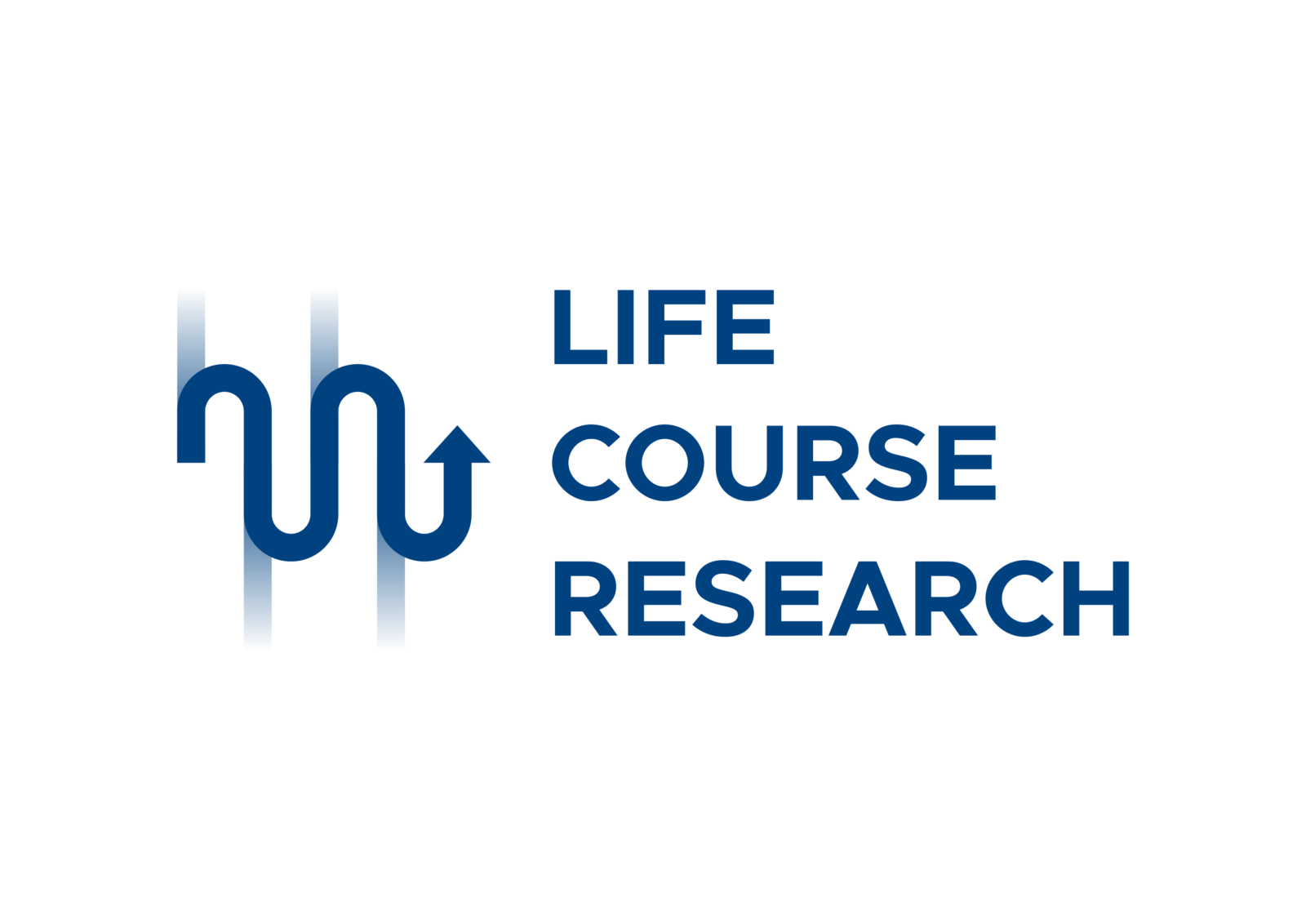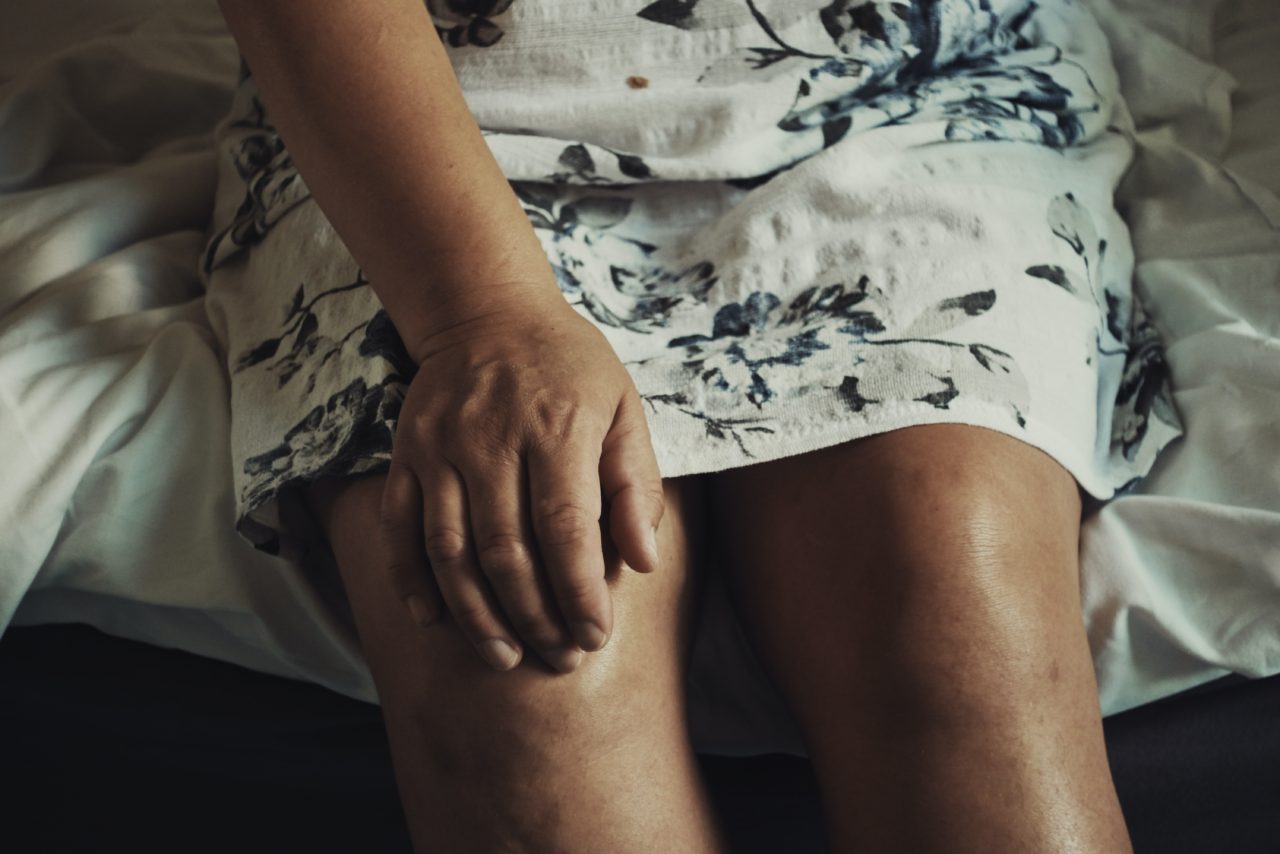Home and environmental hazards modification for fall prevention among the elderly
Aging is a challenge for the global public health because it increases fall risk, disabilities, cognitive impairment, and comorbidities. Worldwide people aged 65+ who fall at home are 28%–35% per year, people aged 70+ are 32%–42%. Falls are defined as unexpected events in which participants come to rest on a lower level. In adults, they are complex and feature multifactorial phenomena, related to environmental factors (31%), lack of physical exercise (17%), and dizziness (13%) (Rubenstein, 2006). Falls represent a major public health problem: they are consequences for people both physical (e.g., fractures or loss of mobility) and psychological (increasing fear of falling, loss of self-confidence, and social participation). Older adults lose autonomy, experience a decrease in quality of life, and have increased nursing home admissions. Falls can have significant outcomes for the elderly population. According to the Centers for Disease Control and Prevention, in 2018, falls were the 11th leading cause of death and the first cause of fatal or non-fatal injury in people aged 65+ in the United States of America. Moreover, falls are the primary cause of emergency department admission and hospitalization. Falls incur both direct and indirect costs for society. For instance, according to the National Institute for Health and Care Excellence (NICE), in 2011, falls in the United Kingdom cost the NHS £2.3 billion per year. Italy’s elderly population is the largest in Europe and one of the largest in the world. Preventive activities, interventions, and strategies should be implemented to reduce the age-related disease burden and save money. Preventive and multifactorial interventions should be implemented and focus on the individualized risk factors.
Reference:
Campani D, Caristia S, Amariglio A, Piscone S, Ferrara LI, Barisone M, Bortoluzzi S, Faggiano F, Dal Molin A; IPEST Working Group. Home and environmental hazards modification for fall prevention among the elderly. Public Health Nurs. 2020 Dec 19. doi: 10.1111/phn.12852. Epub ahead of print. PMID: 33340382.



